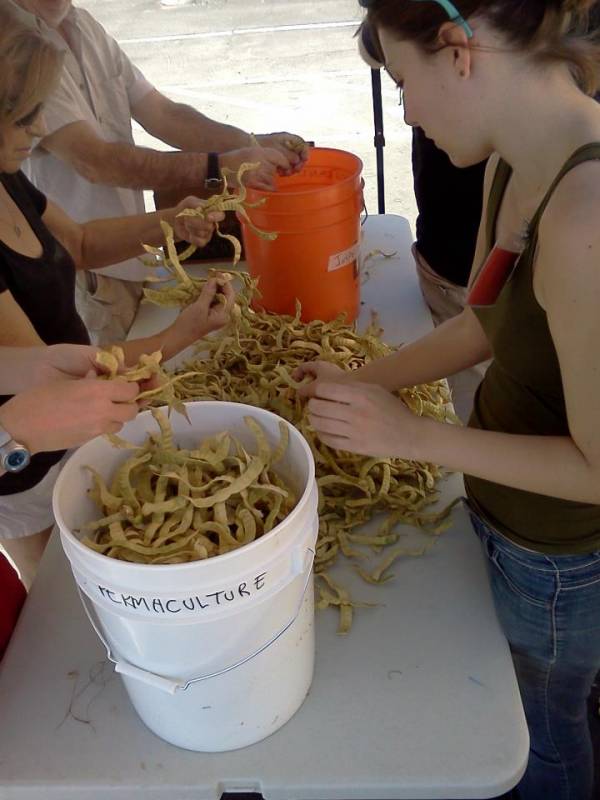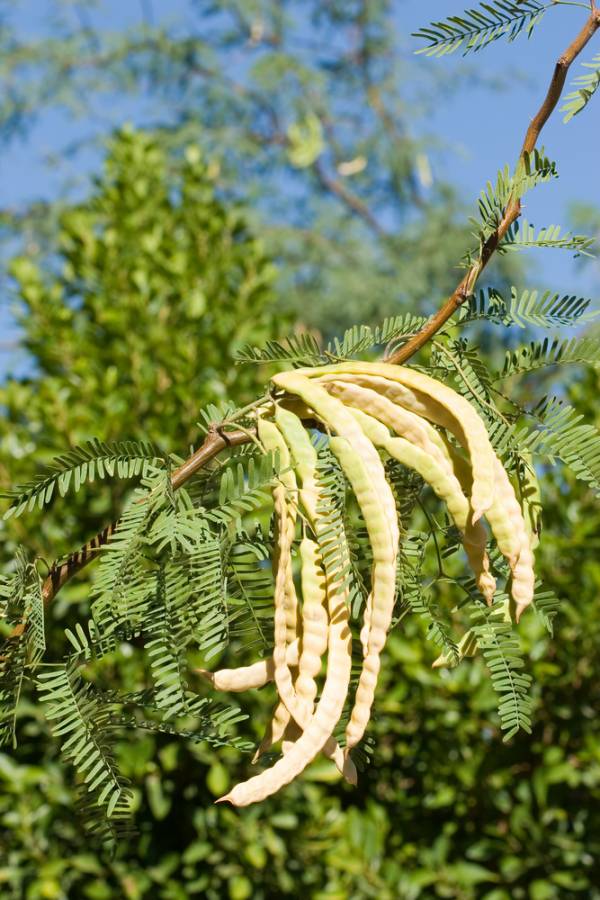Four years ago, my husband and I moved our little family from Belgium, where we were studying just outside of Brussels, all the way to Phoenix, Arizona. The difference between the two is like night and day. In Belgium I used to carry my umbrella with me everywhere and the hottest day of the year was maybe in the upper 80s. I loved the cool, cloudy weather and predictable bouts of rain. In contrast, the day we arrived in Phoenix it was 121 degrees and the sun was brutal. I remember thinking this place was not meant to sustain human life.
I’ve grown to love it here since our arrival. There is a strange sort of beauty to the desert and even the heat grows on you after a while. At first I was disappointed that the Sonoran Desert didn’t look more like Tatooine, minus the Tusken Raiders. I had pictured endless waves of sand dunes, but what I found was more like something out of a Clint Eastwood western. What I’ve come to learn, however, is that within that rugged landscape lies a rich and diverse world of amazing life, including some plants that are not only edible, but also rich in nutrients to support human health. One of those is the unassuming mesquite tree.
One of the first things that sparked my interest in mesquite was the Valley Permaculture Alliance or VPA, a Phoenix-based non-profit organization that educates residents about sustainable living in the desert. Just a few weeks ago, the VPA held an event for people in Phoenix to come and have their mesquite beans milled, or ground into flour. The VPA partners with another Tucson-based native foods organization called the Desert Harvesters, who provide a hammer mill, or an industrial mill that is used for grinding mesquite and carob beans. Residents can bring their mesquite pods to be inspected and run through the hammermill, resulting in a delicious flour to use in baked goods, smoothies, and many other recipes.

I spoke with the VPA’s Executive Director Doreen Pollack to learn a bit more about the history of the event. Turns out, the mesquite milling is only one part of a year-long cycle. In the spring, the VPA hosts a mesquite pancake breakfast, where residents can enjoy fresh pancakes made with local mesquite flour and served with prickly pear syrup. In the summer, the VPA hosts a walkabout where attendants can harvest mesquite beans and learn how to tell the difference between various species. So really, the milling is only the beginning.
However, you don’t have to live in the desert to appreciate mesquite. For the health-conscious fitness enthusiast or athlete, mesquite provides a number of health benefits in any locale:
- It’s gluten-free. In fact, the gluten-free movement may be one of the biggest reasons mesquite has come back into the spotlight in recent years.That doesn’t mean it’s not tasty though – the flour has a sweet and nutty taste, even when eaten raw, which makes it a delicious way to make gluten-free treats.
- It’s high in protein. According to New Good Food by Margaret Wittenberg, mesquite flour contains anywhere from 11 to 17 percent protein, and also provides lysine, which is commonly lacking in other flours.
- It has a low glycemic index. In fact, due to its galactomannan content, mesquite flour actually helps stabilize blood sugar levels instead of throwing them out of whack.
 It’s nutrient-rich. In addition to its protein content, mesquite flour contains significant amounts of magnesium, potassium, iron, zinc, and calcium, as noted by Wittenberg.
It’s nutrient-rich. In addition to its protein content, mesquite flour contains significant amounts of magnesium, potassium, iron, zinc, and calcium, as noted by Wittenberg.
If you’re an athlete and you’re reading this, you might be thinking that this sounds like a good post-workout recovery food. I thought the same thing, and found this recipe for superfood protein bars. They are raw, gluten-free, vegan, and really easy to make. I also plan to use mesquite flour to add a healthy touch to my holiday baking. Replace ¼ to ⅓ of the flour used in any baking recipe with mesquite flour to lower the glycemic index and up the nutrients. Happy cooking!
Have you experimented with mesquite flour in your cooking? What’s your favorite way to use it?
Photos courtesy of Shutterstock and Valley Permaculture Alliance.






